In the beginning of March 2018, a major milestone in the development of the 45 T hybrid magnet at HFML in Nijmegen has been achieved with the completion of the superconducting coil for the outsert magnet. The building process of the coil, with an outer diameter of 1.2 meter, a height of 1 meter and a weight of 7.5 ton, started in 2012 with the manufacturing in the USA of 225 km of high-current density superconducting Nb3Sn strands with a diameter of 0.8 mm. Together with high-purity copper strands produced in Finland, these wires were assembled, cabled, inserted into special stainless-steel tubes and compacted into 2.5 km of rectangular shaped Cable-in-Conduit conductor (Figure), all done by 3 different Italian companies.

Figure: The superconducting coil is made out of 3 types of
Nb3Sn/Cu Cable-in-Conduit conductor (typical size 3 x 1.5 cm)
Early 2015, 5 conductor lengths were shipped to our colleagues from the National High Magnetic Field Laboratory in Tallahassee (FL, USA) who are capable of processing such large coils. The coil-manufacturing process, which took more than 2.5 years, comprised coil winding, section and lead joint processing, reaction heat treatment at 640 0C, vacuum impregnation with epoxy resin, connection of the tubing required to guide the flow of cryogenic coolant to and from the coil and finally the installation of voltage taps for quench protection.
Shipping the cold mass from Tallahassee to Nijmegen was the last but certainly not the least step towards its final destination. The coil will be built into its cryostat and integrated in the electrical, electronic and cryogenic hybrid magnet system in the coming year. After completion of the insert magnet the commissioning of the 45 T hybrid is scheduled at the end of 2019.
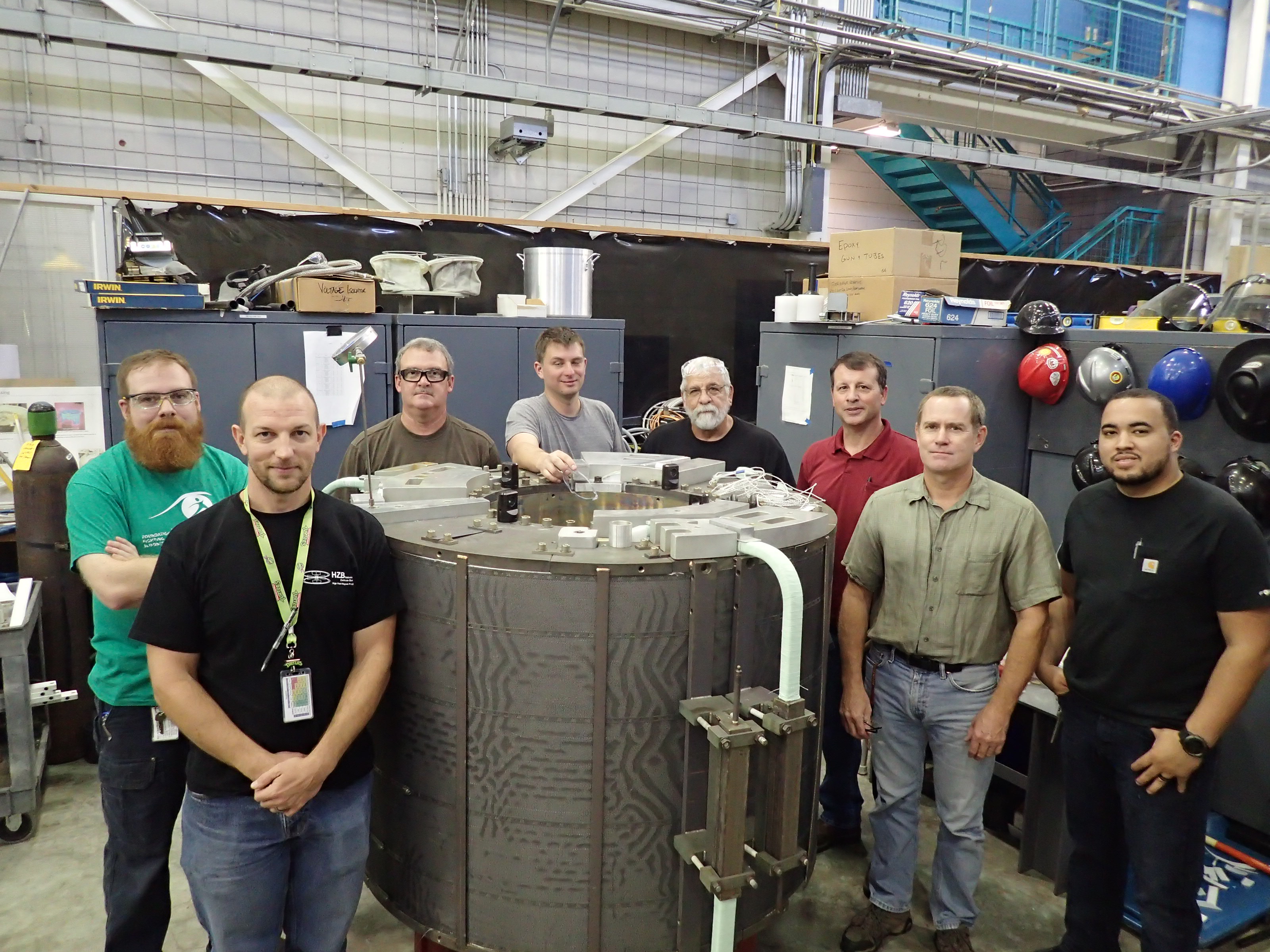
The NHMFL team with the finished coil. (courtesy NHMFL)
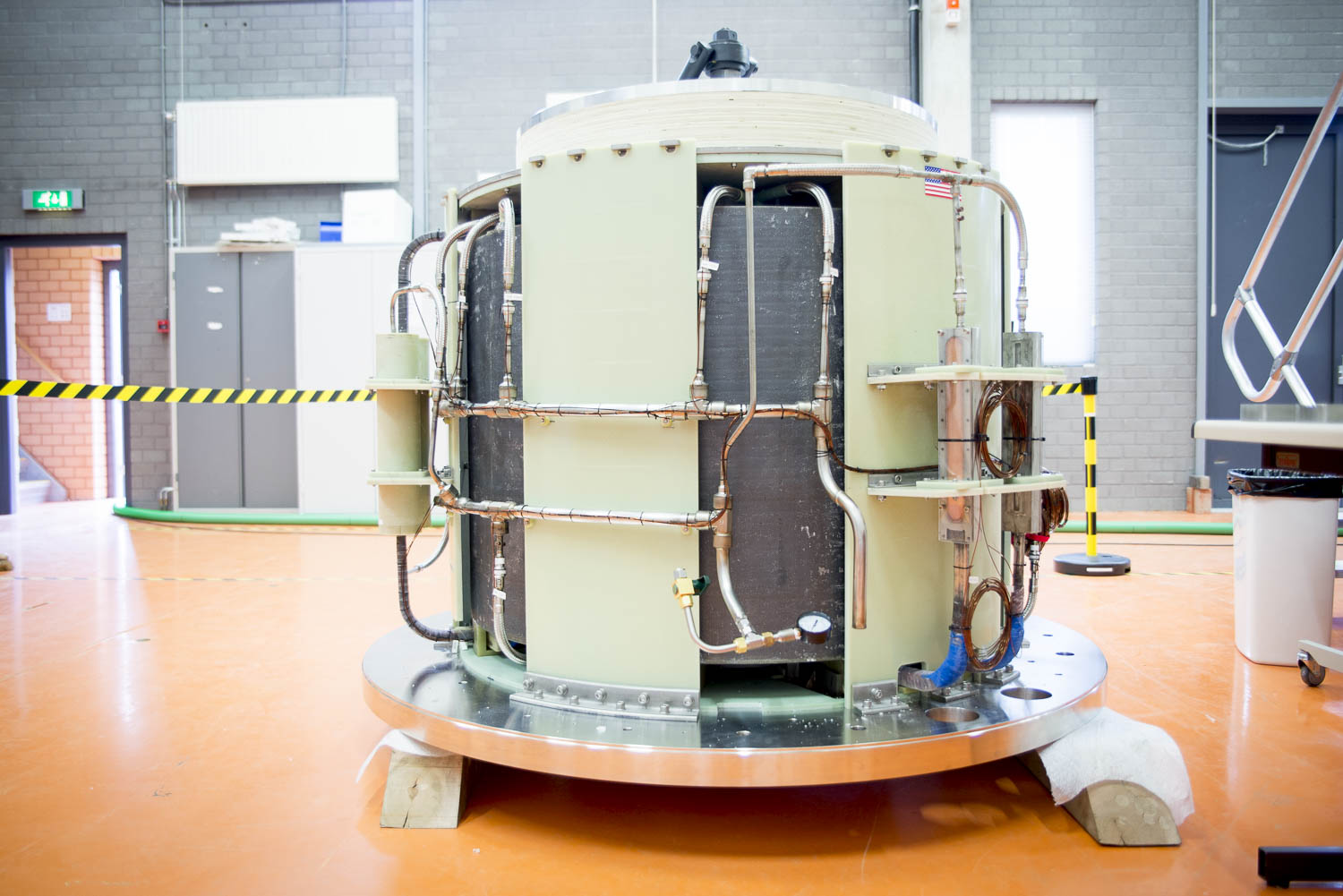
The completed outsert coil’s cold mass reached its destination
at HFML in Nijmegen. (courtesy HFML)



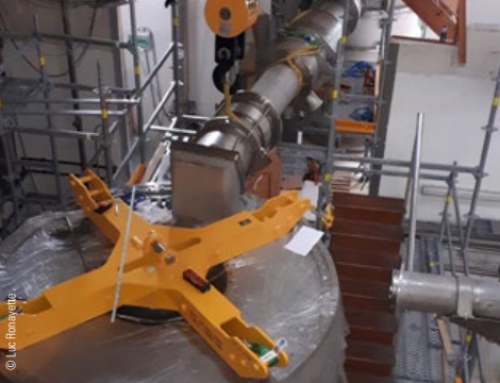

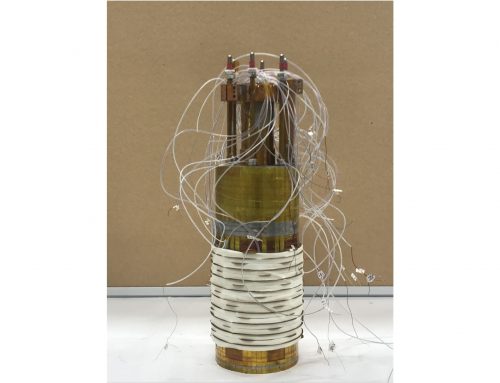
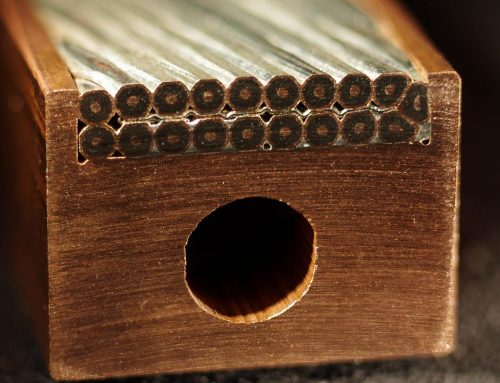
Leave A Comment
You must be logged in to post a comment.